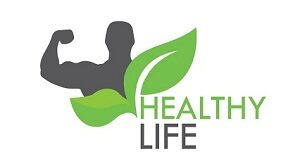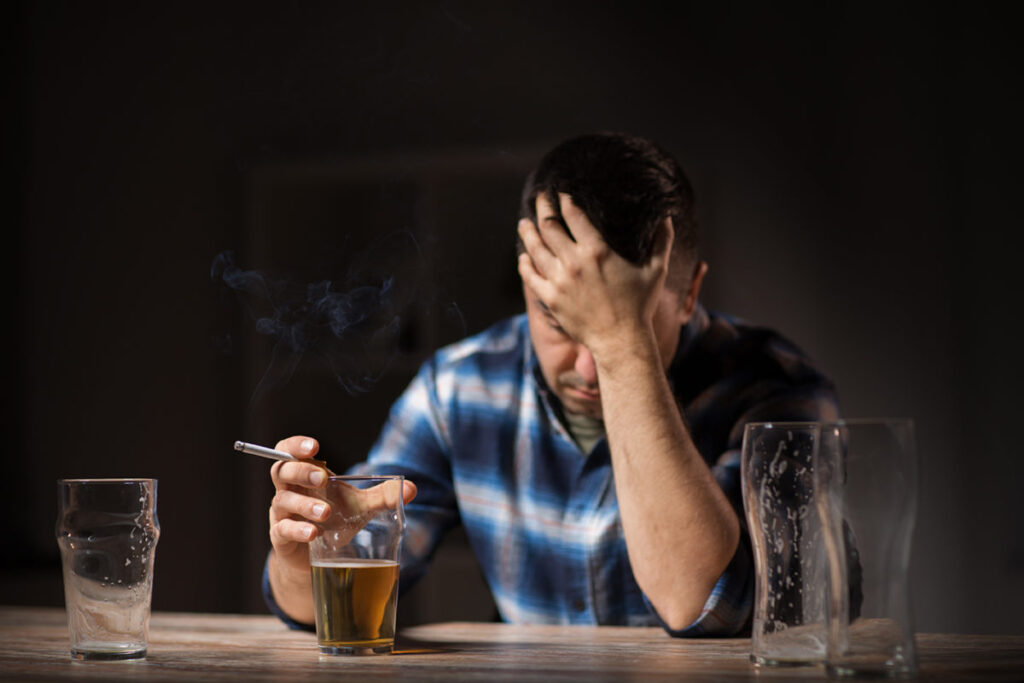There was a time, not so long ago, when it was considered manly to be able to consume large amounts of alcohol without showing the effects of it. In some places and in many cultural substrata like fraternities, it is often still thought to be so. However, there is a growing awareness that being an alcoholic does not mean that a person spends his life in an alcohol-fueled daze. It is the dependency on liquor that defines an alcoholic as much as the effect it has on him.
The main question is that “where does social drinking end, and where does alcoholism begin and become excessive drinking? It is a difficult question to answer because many factors such as local culture, climate, and historical perspectives define what acceptable social drinking is. But, there are a few broad parameters we can use to create the border between social drinking and alcoholism.
First of all, let’s look at why people drink in social situations. It’s usually because it is relaxing, it is part of our culture, and is deemed to be, if not a social necessity, at least socially acceptable, and because it acts to make people feel more at ease and thus interact better in social situations. Where does one indulge in social drinking? It is normally at parties, in bars, at times of celebration, with family members, when on a date, with friends, and at any social occasions where liquor is served.
A social drinker is one who doesn’t drink on a regular or daily basis. A drink is not missed if it is not consumed. There are no great changes in the person’s behavior after drinking – no belligerence, bad or irrational behavior, sickness, or after-effects. A social drinker does not spend time thinking about drinking; when it’s there, that’s fine, and it’s equally okay when it’s not.
Now when is drinking more than social drinking? It is alcoholic behavior when a person drinks to get drunk, drives after drinking, indulges in binge drinking, slurs or is incoherent in his speech, is unable to walk or stand properly, indulges in drunken sex, vomits, blacks out, suffers from alcohol-related health problems and gets in professional or legal problems after drinking. Obviously, unlike social drinking, there are no personal limits or inhibitions on the quantities drunk, and it continues until the person cannot drink more or is refused further liquor.
It is important to note that the frequency of consumption is not a sign of alcoholism. A person may have a beer, one or two small whiskeys, or glasses of wine every day without being an alcoholic as long as it does not adversely affect their behavior or health. On the other hand, a person who drinks once a week but finishes 12 beers at one sitting is drinking abusively.
Many alcoholics know they have a problem, but despite their best efforts, they are unable to stop. They know that their repeated DUIs cost them. They hear what their doctor says about damage to their liver. They know their work performance is suffering. They know their family members are upset. But they are unable to stop. These people need professional treatment to help them with their obsession with alcohol.

